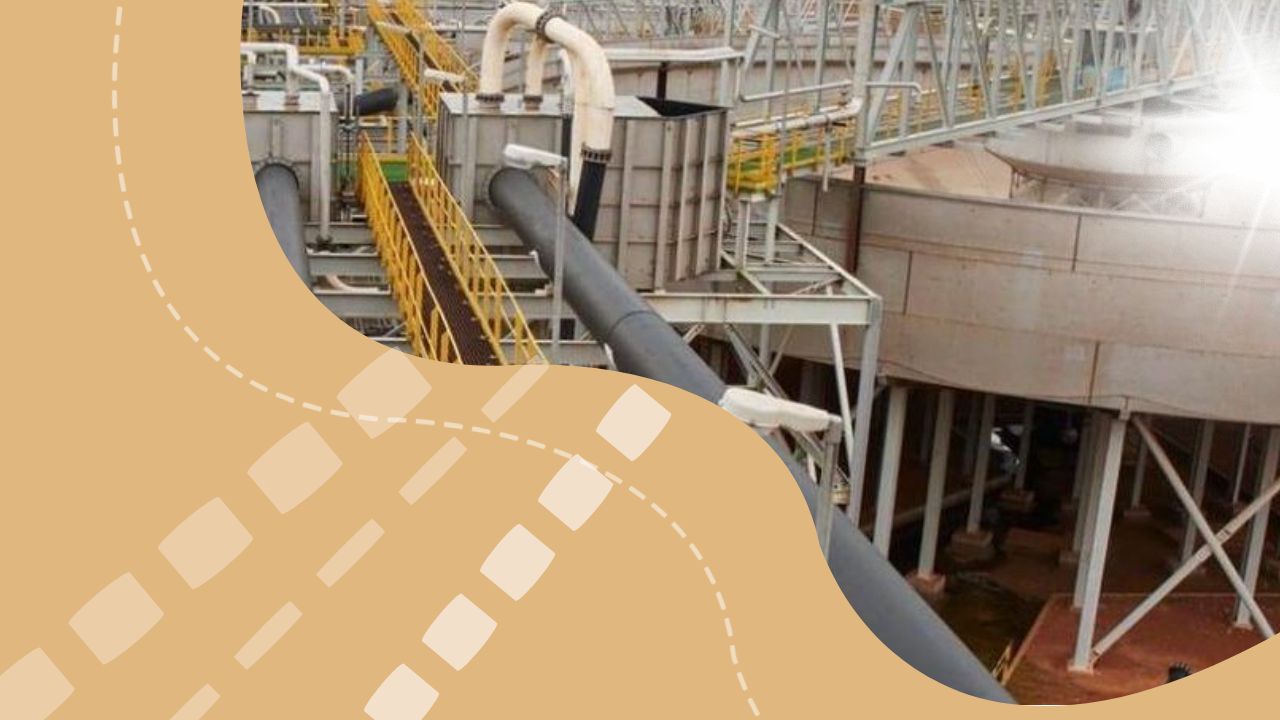Mongolia is actively exploring avenues to raise international bonds in a bid to bolster its economic initiatives, yet investor apprehensions loom large owing to the country’s heavy reliance on mining. With the mining sector constituting a significant portion of Mongolia’s GDP and export earnings, the nation has been a magnet for substantial foreign investments, particularly in copper, coal, and various mineral deposits. However, this reliance on mining exposes Mongolia to inherent risks, exacerbated by frequent government policy shifts, which only serve to deepen uncertainties.
The recent amendment to Mongolia’s Minerals Law by the parliament has added another layer of concern for investors. The revised law places stringent restrictions on project owners, limiting their ownership to a maximum of 34%, while empowering the government to claim up to 50% of a project without cost. Furthermore, project owners are mandated to divest their remaining stakes to third parties within a year. Such drastic measures have the potential to deter prospective investors and tarnish Mongolia’s image as an attractive investment destination.
Compounding these worries is the uncertainty surrounding the government’s capacity to honor bond repayments, a recurring issue in the nation’s financial history. Previous commodity price downturns prompted the Ministry of Finance to undergo multiple rounds of bond restructuring, sparking apprehensions among investors about Mongolia’s fiscal sustainability.
To assuage investor concerns and successfully issue bonds on favorable terms, Mongolia must prioritize reinforcing its legal and economic foundations. While diversifying the economy remains a strategic imperative, sustainable diversification hinges on fostering responsible mining practices. Consequently, supporting the mining industry emerges as a critical necessity. By instituting transparent and predictable regulatory frameworks that instill confidence among investors, Mongolia can harness the full potential of its mining sector while fortifying long-term financial stability. Such measures will lay the groundwork for future development, facilitating diversified growth across diverse economic sectors.

